
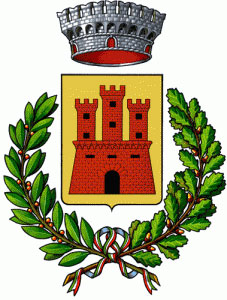
From its ‘Belvedere’, it appears immediately that the village was part of a surveillance system of the valley for protection of Alatri and the southern area of Rome.
The mountains were inhabited by the ancient Ernici population who were defeated by the Romans in the 4th century BC. The Romans then left the remains of many villas scattered across the valley.
Certainly, the present formation of the village dates back to the period called 'incastellation', i.e. when the plain people sought shelter on the hills protected by small castrum or fortresses that consisted of a watchtower a few military buildings and protection walls.
The castrums were then the birthplaces of the medieval castles and the castles were the birthplaces of the towns we now see.
The first news about the existence of Trivigliano is found in a parchment of the Xth century in the archive of the Cathedral of Alatri. The name of the town name is perhaps derived from the Latin "tres vigilantes" in reference to the three towers of the city walls, also present in the municipal coat of arms. According to another hypothesis, however, the ‘trebellianus’ name may be derived from the name of the owner of a ‘fundus’ of the imperial era.
More information is derived from the documents of the thirteenth and following centuries when the Church State confiscated the Castle of Trivigliano for Alatri and placed it under the direct jurisdiction of the Rector of the Campagna and Marittima.
Until the beginning of the 14th century, by the wishes of Pope Boniface VIII Caetani, there was obvious influence of his family who stayed in this valley for a long time, because the pope was cured of the 'illness of the stone' with the nearby famous waters of Fiuggi.
Pope Boniface VIII is the one of the famous slap of Anagni, that occurred during the struggle between the papacy and the empire. Following the subsequent death of Boniface VIII, the papacy headquarters moved to Avignon and changed all the balances in this area.
From 1330 it returned under the rule of Alatri. The proximity to the powerful Alatri community never allowed it to expand: the lords of Trivigliano had a representative at the parliament and the games Alatri held annually after Easter.
In the fifteenth century, with Pope Martino V, the Colonna family became the possessor of Trivigliano and it remained so, with short breaks, until 1816.
The Triviglianesi participated in the two world conflicts losing their folk both at home and on other fronts and subsequently many emigrated in search of work causing a sharp reduction in the population. The town now welcomes back the sons and grandsons of those emigrants to share in the ceremonies and celebrations of their home town and witness its regrowth.





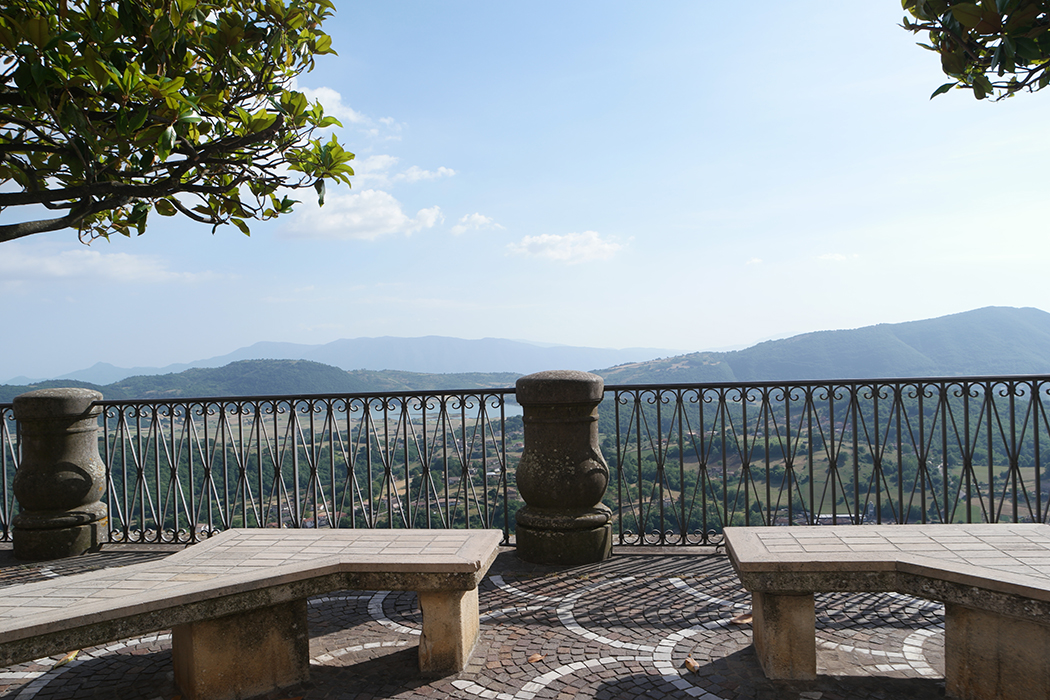
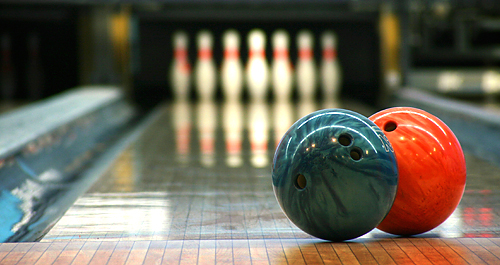
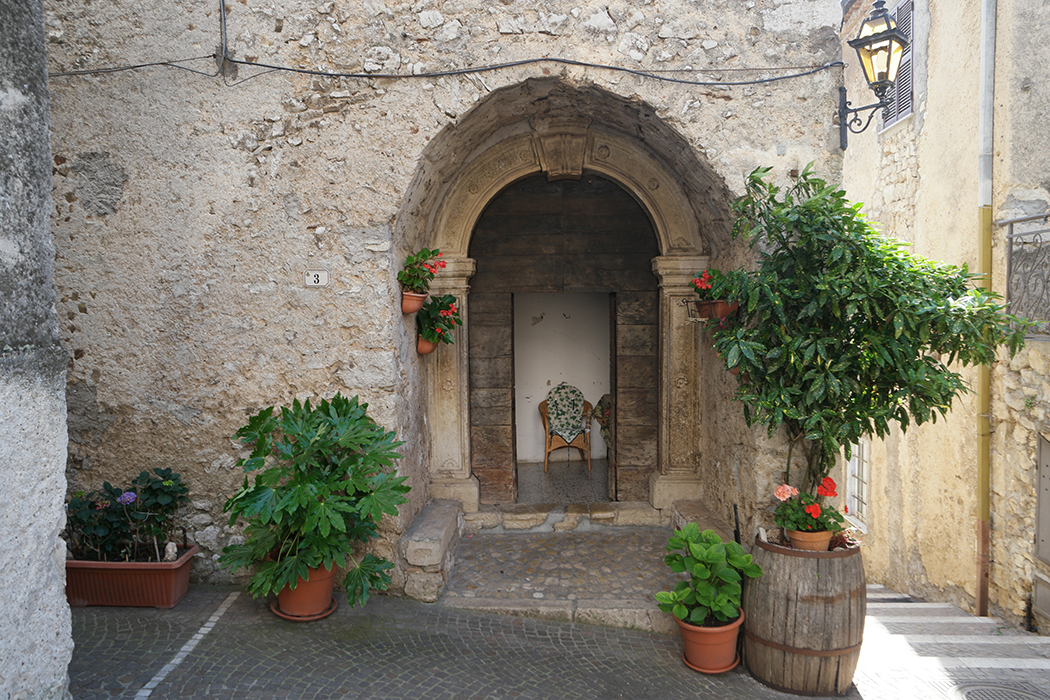

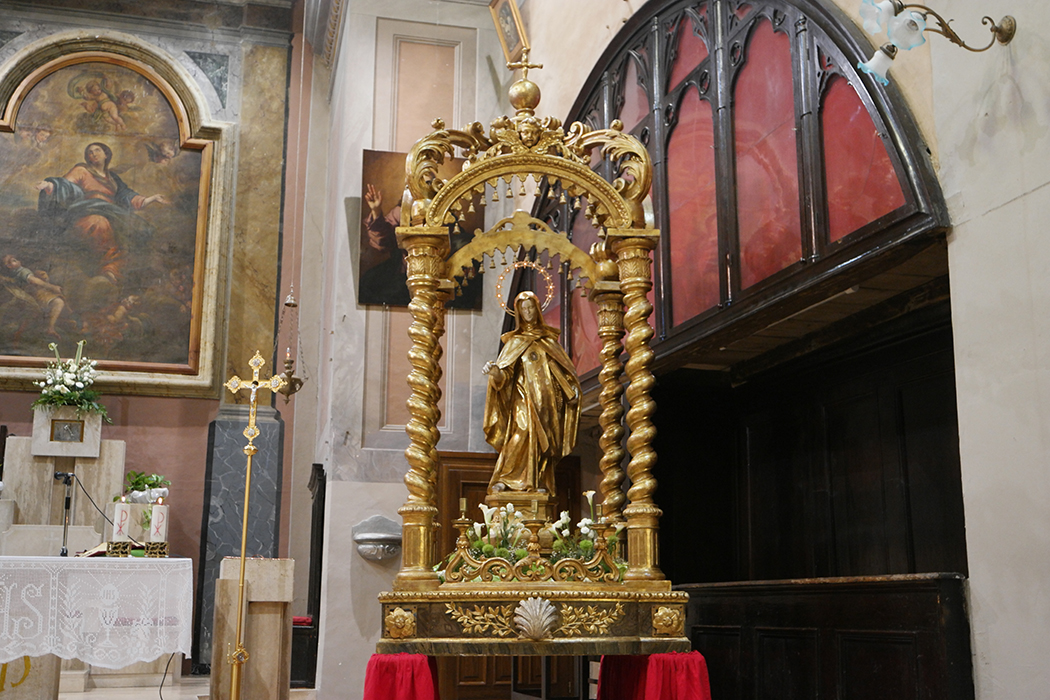

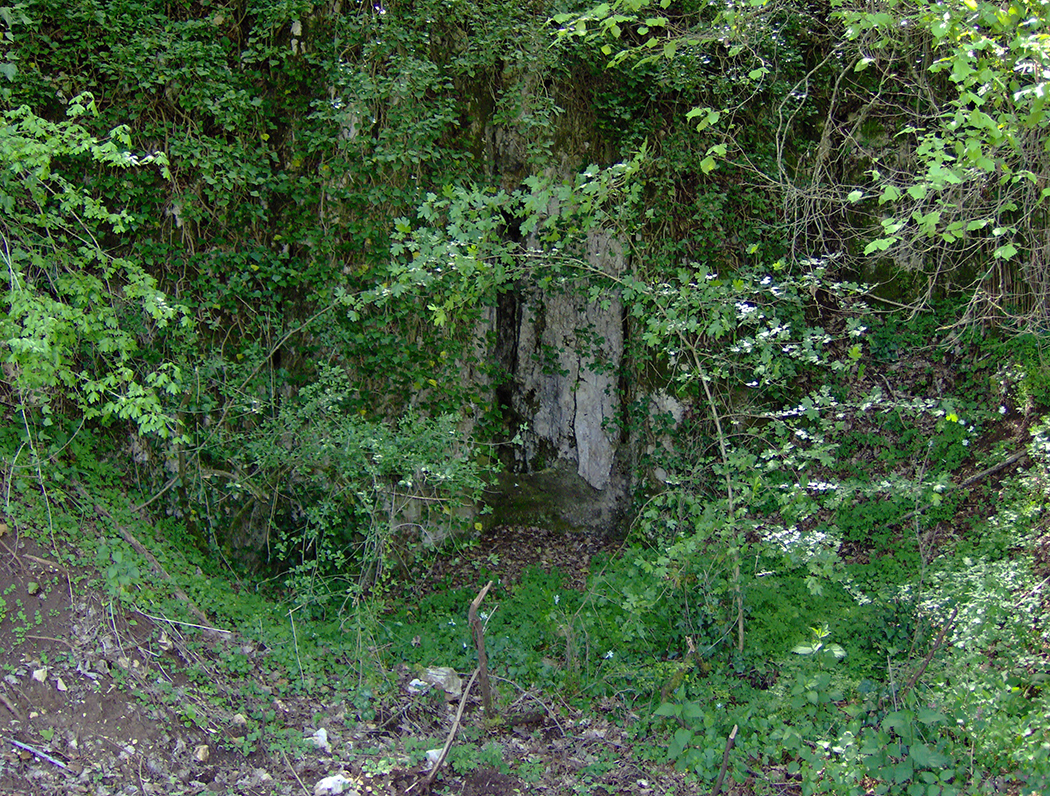
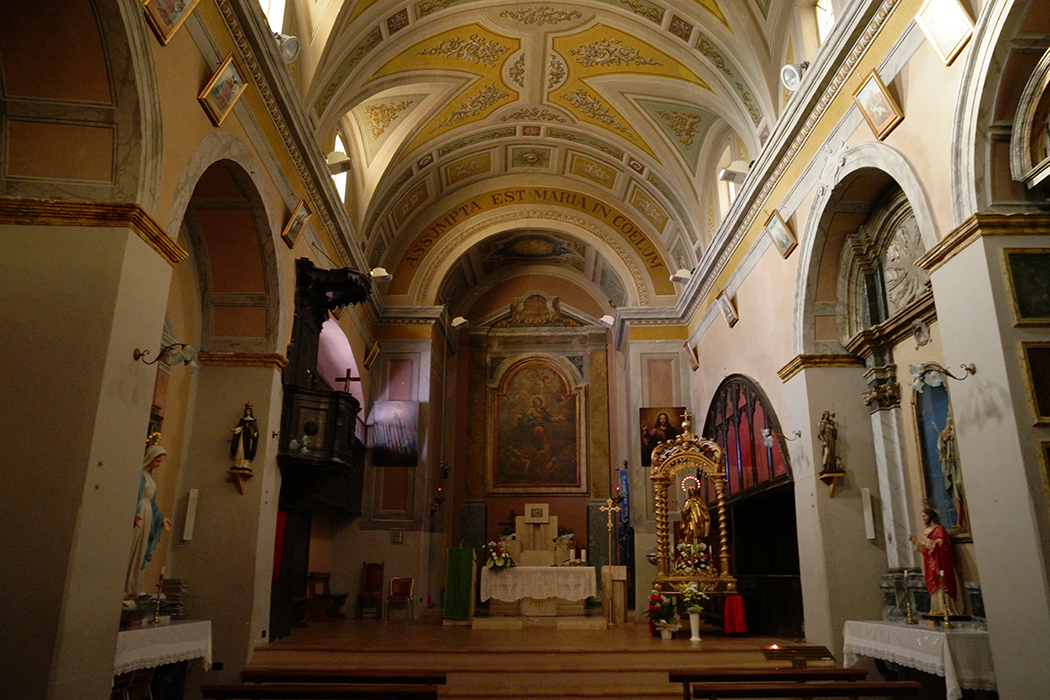
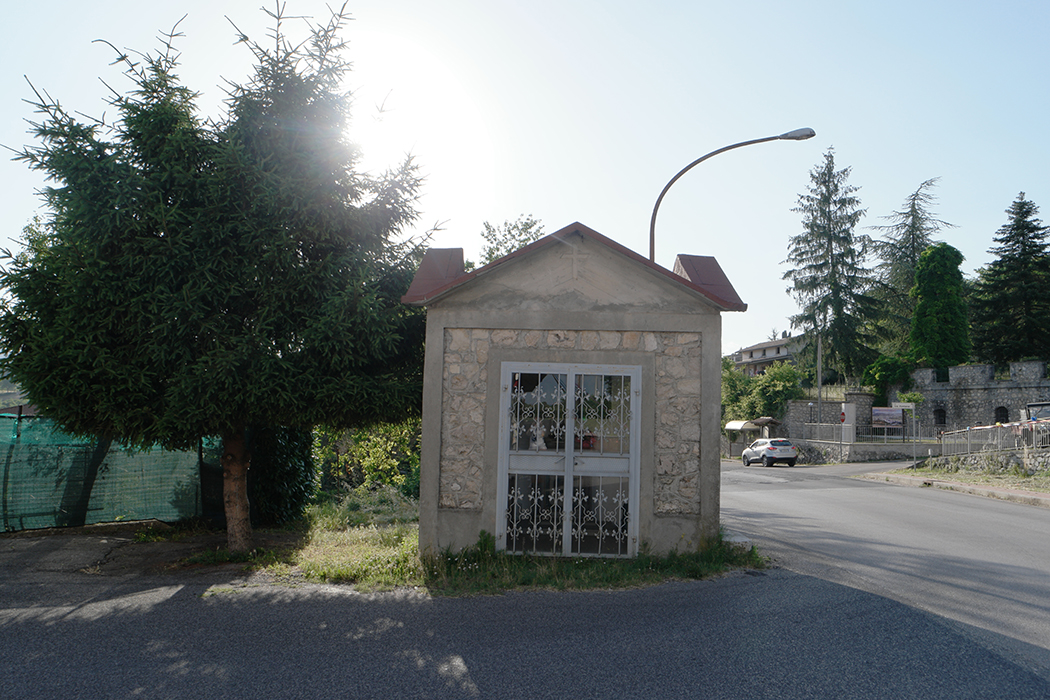
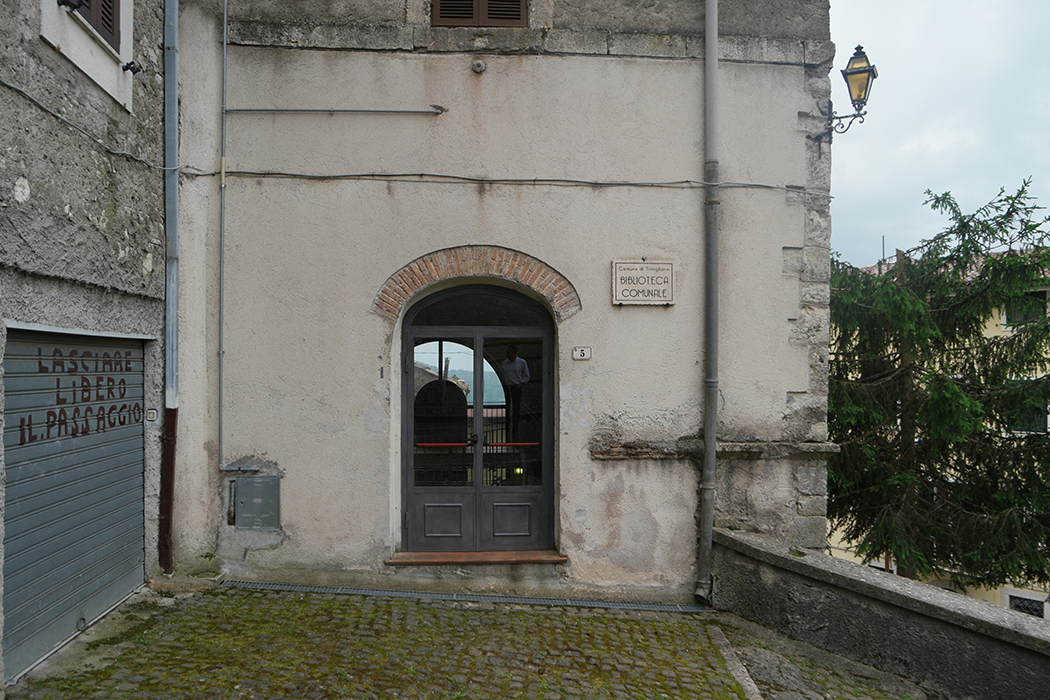

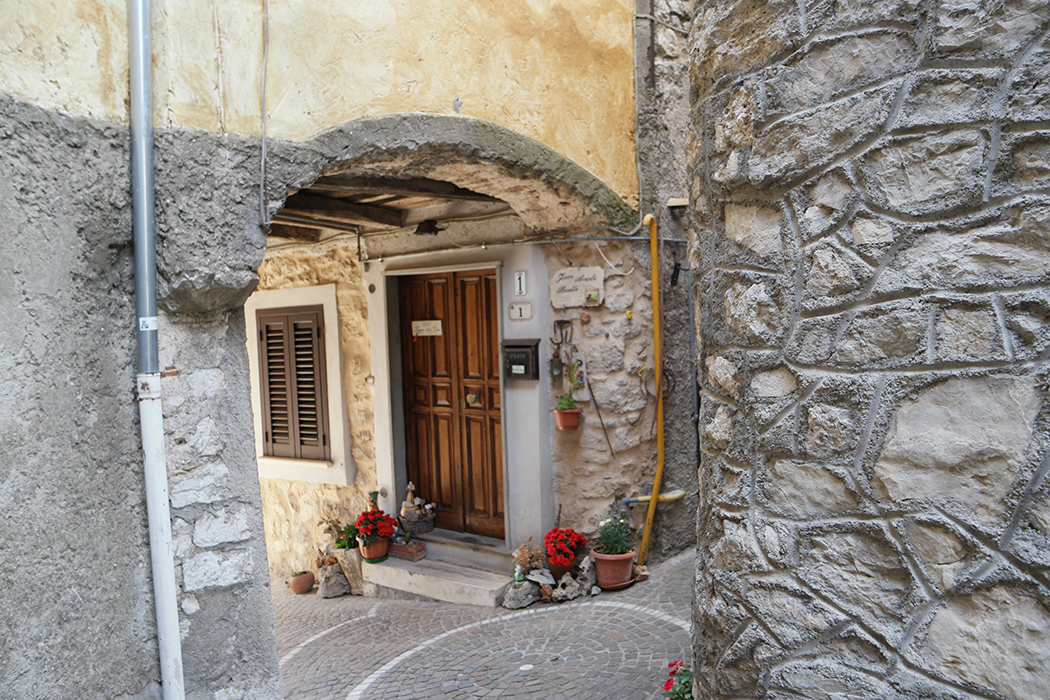
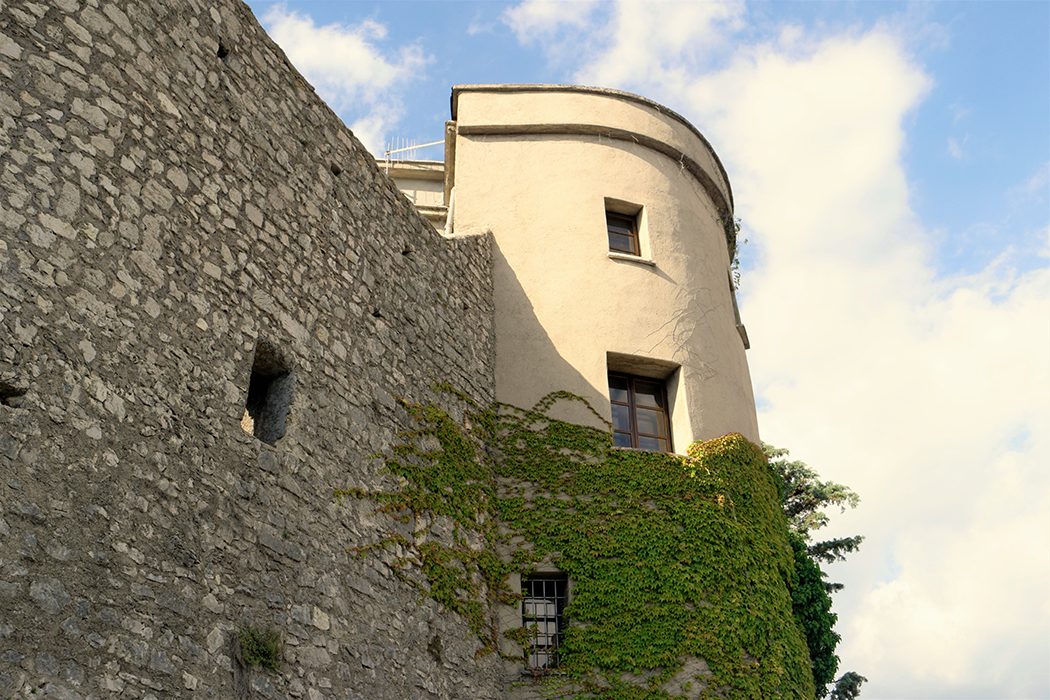

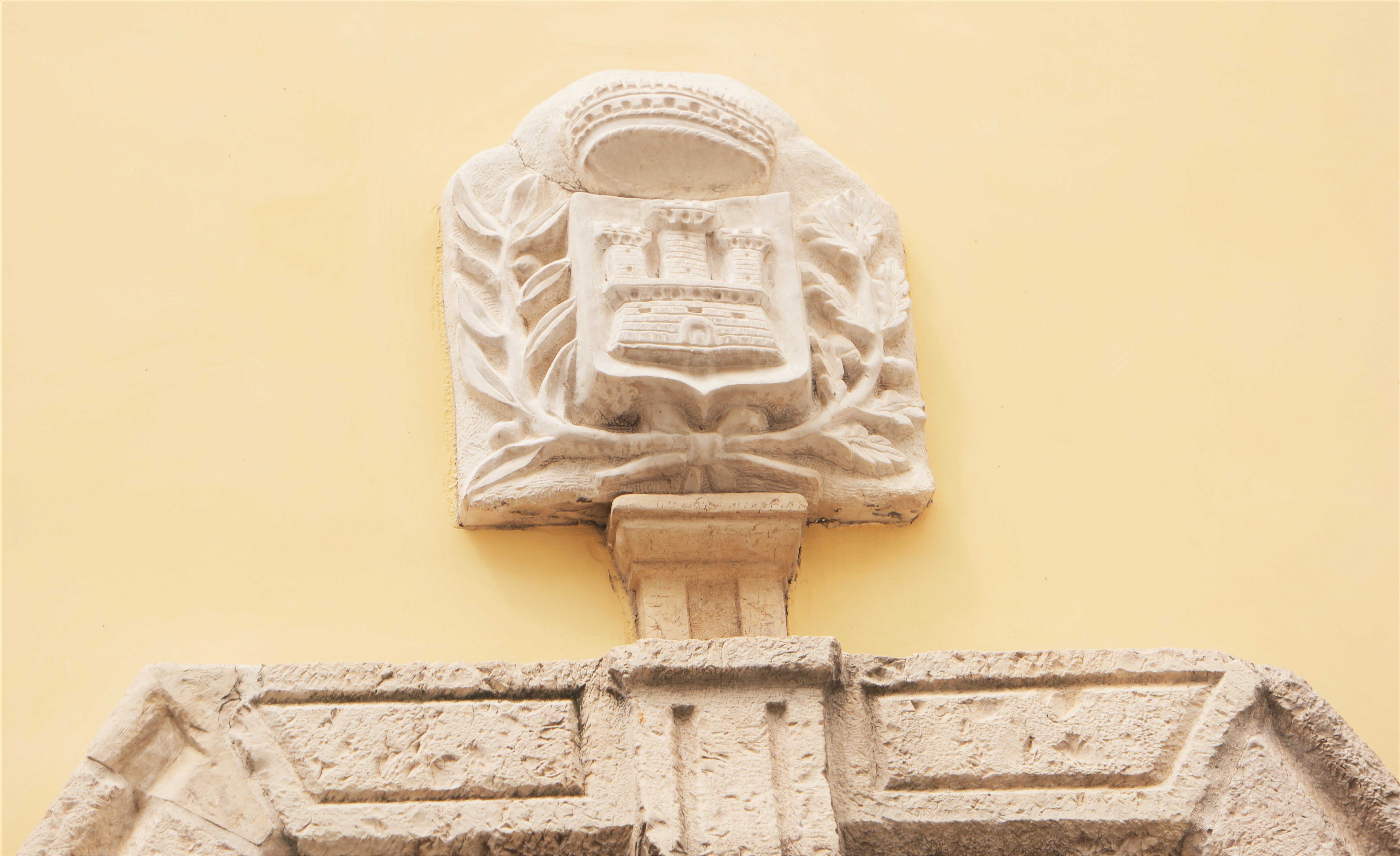
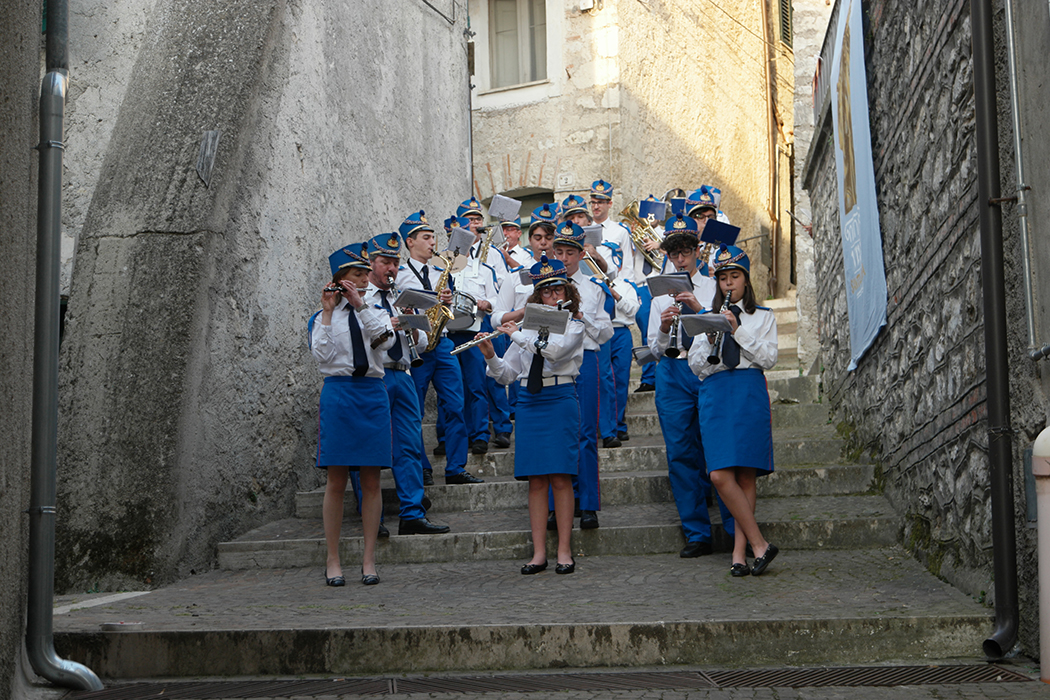

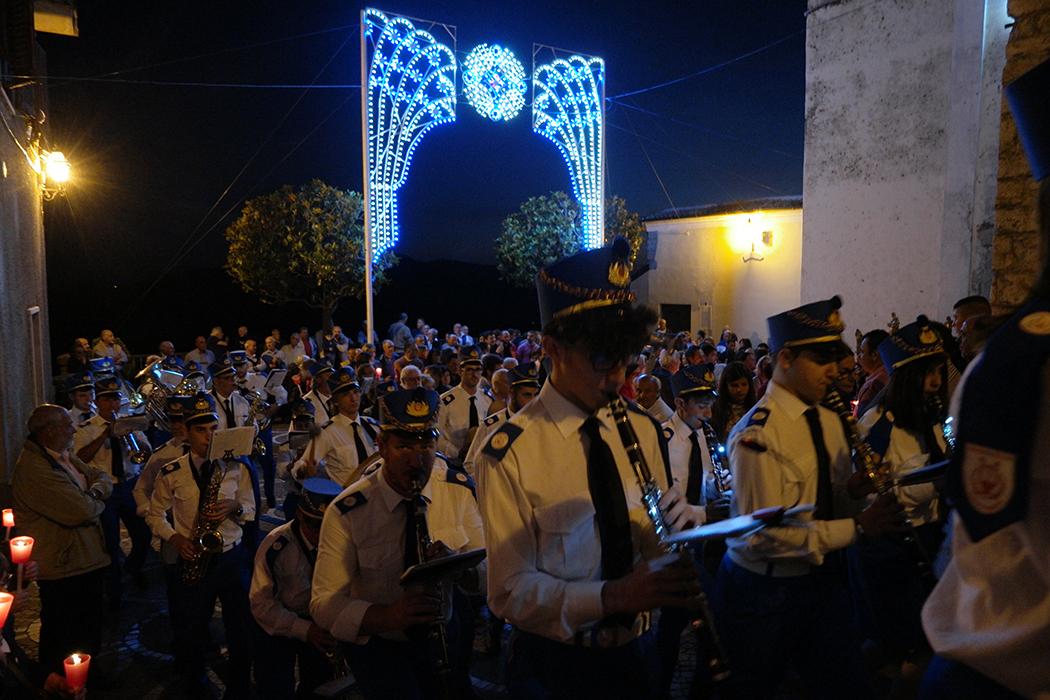

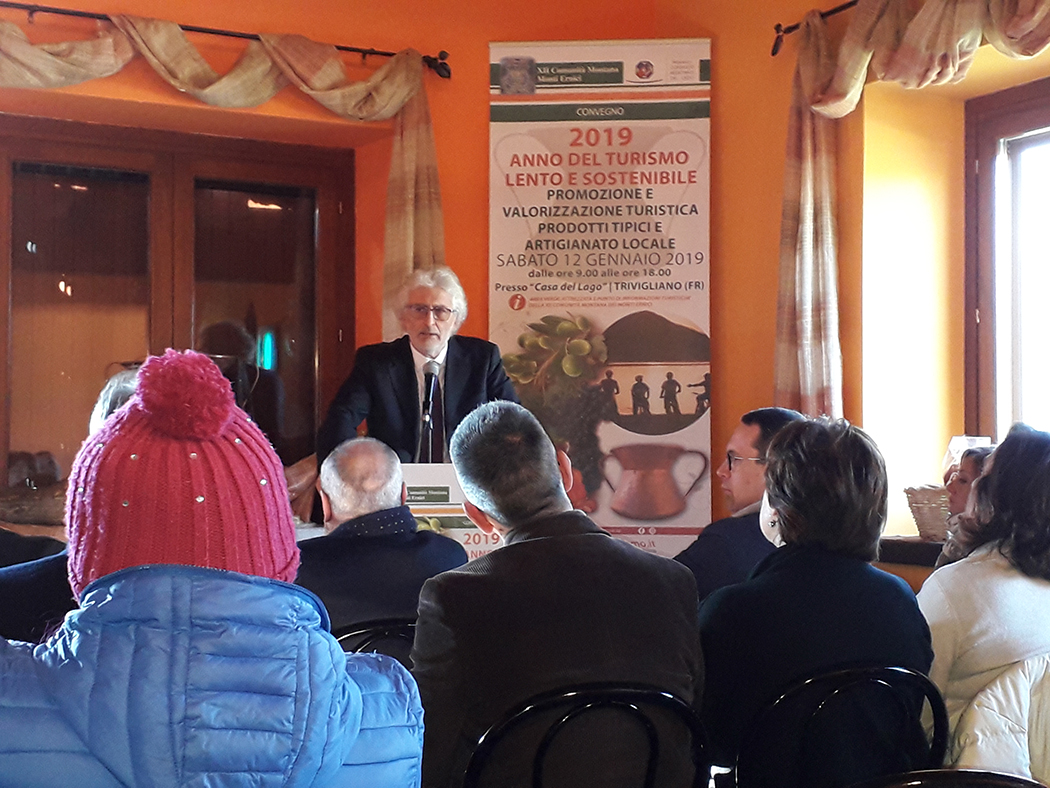




Follow us